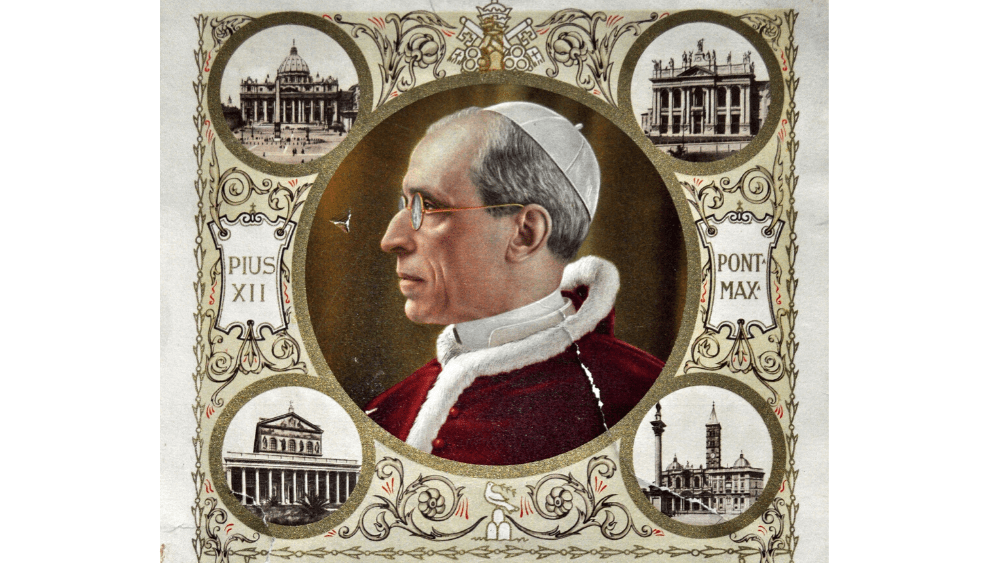Catholic Church history will be brought into the light when approximately two million secret documents from World War II are released this week by the Vatican. And, after years of lobbying for their release, historians are hoping the trove will provide answers to whether Pope Pius XII did enough to protect Jews during the Holocaust.
“The Church is not afraid of history.” – Pope Francis
By order of Pope Francis, the Vatican Apostolic Library will open the Holy See’s (the Vatican) archives on the pontificate of Pope Pius XII – including many documents that are not yet due for release according to Vatican protocol. Francis announced the release in May 2019 saying, “The Church is not afraid of history.”
The archive will provide access to material from 1939 to 1958, including dispatches sent during World War II. This material should give insight into the politics and the diplomacy of the Holy See throughout the entire period, according to the Vatican’s Archbishop Paul Richard Gallagher, Secretary for Relations with States.
Though some Catholic institutions rescued Jews during the Holocaust, Pope Pius has been criticised for his silence during the war years and his failure to publicly condemn the Nazis.
But Archbishop Gallagher said the archives will provide historians “as never before” with “a comprehensive understanding of what was going on, the type of person he was, the type of policies that Pius XII was issuing in those very terrible years, especially during the Second World War, and of the period immediately afterwards”.
Gallagher said Pope Pius XII, from the document’s witness, “emerges as a great champion of humanity, a man deeply concerned about the fate of humankind during those terrible years, somebody who was very sensitive and concerned about those who were being persecuted, somebody who was also the object of the hatred of Nazis and fascism”.
He also asserted the archive shows how those attacks were directed not only at the Pope himself, but also at the Church more generally.
The Vatican has been busy digitising the archives to maximise their accessibility, as well as preserving them. They’ve also digitally categorised and tagged them, making the overwhelming volume of material more easily searchable by scholars.
“One advantage [of digitising the collection] is the possibility to preserve, to conserve the documents,” Archbishop Gallagher explained. “Through digitalisation, people are granted access but you don’t have to take the documents out of the place where they are being stored, they don’t have to be touched and exposed to the atmosphere.”
“It also means that people can work on the same document at the same time, which is a great advantage for historians and students alike.”
The vast area of historical interest covered in the documents includes: Holy See during WW2; its diplomacy; Concordats (treaties) negotiated; the humanitarian work of the Church; reports on particular religious and political issues; documents concerning Vatican City State; plus protagonists who emerged during the era, including Monsignor Montini, the future Pope Paul VI.
The archives also provides detail about the early ‘Cold War’ period. And, according to Gallagher, documents the roles of Pope Pacelli (Pius XII) and Cardinal Casaroli (a key player in diplomacy) in the years after the war in their efforts to make contact with local Soviet (communist) authorities in order to “try and create a degree of understanding and a space in which the Church could operate.”
Archbishop Gallagher announced that while the archive’s documents from 1939 to 1948 are now available, historians will have to wait for material from 1948-58 that is “well-advanced” in the digitising process – but not yet ready for release.
Email This Story
Why not send this to a friend?




